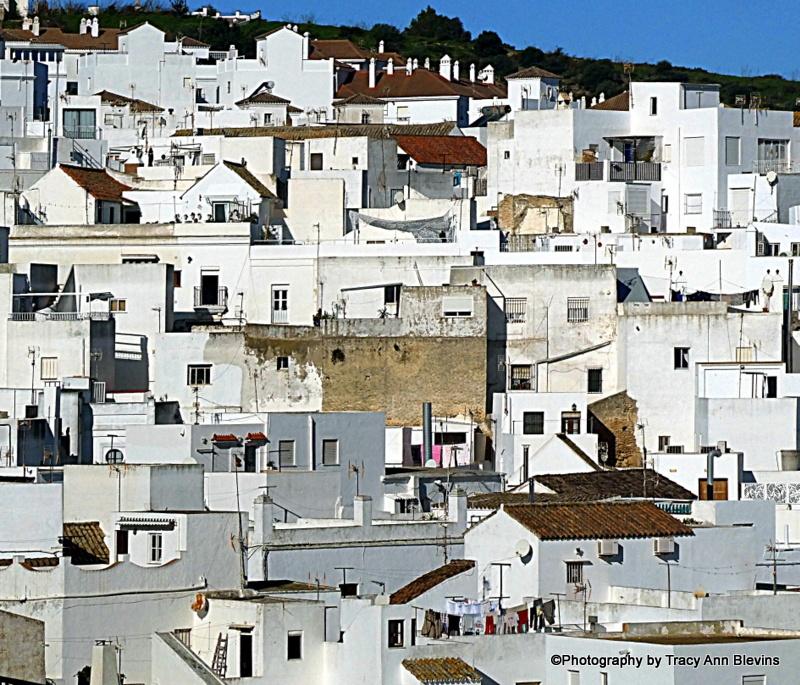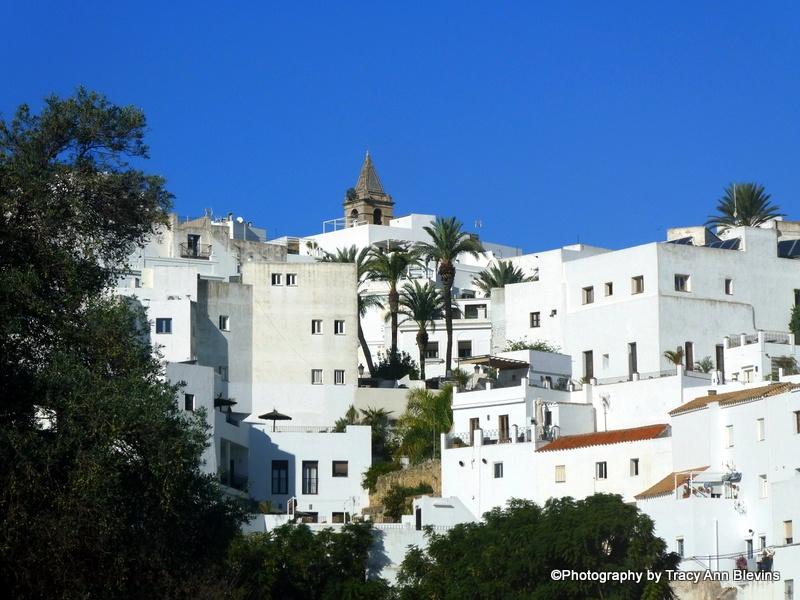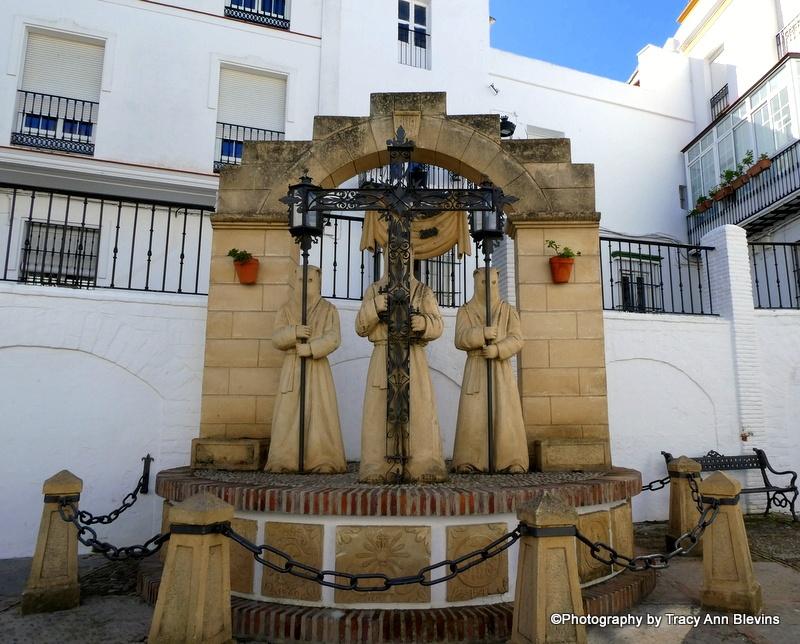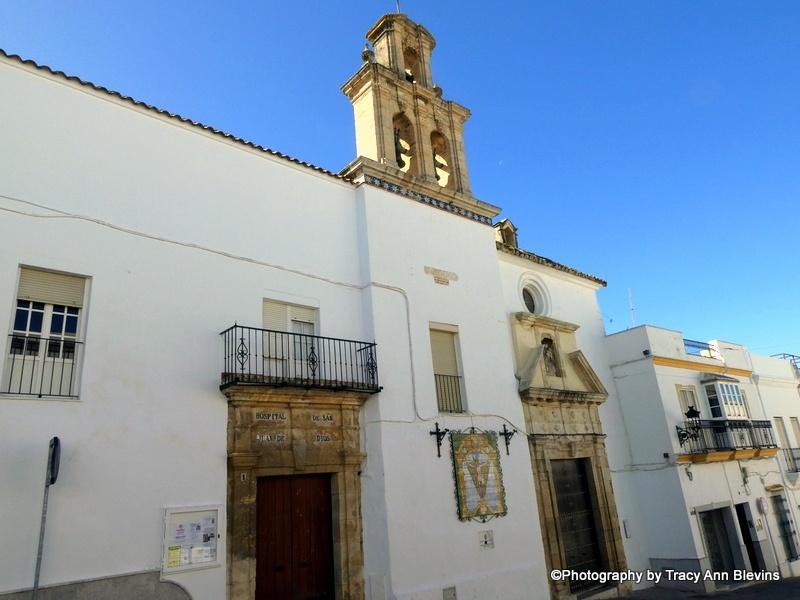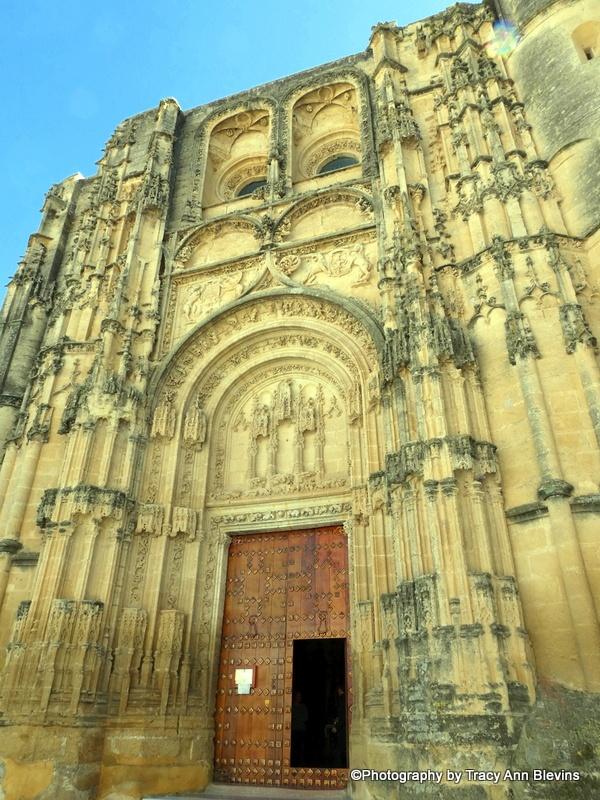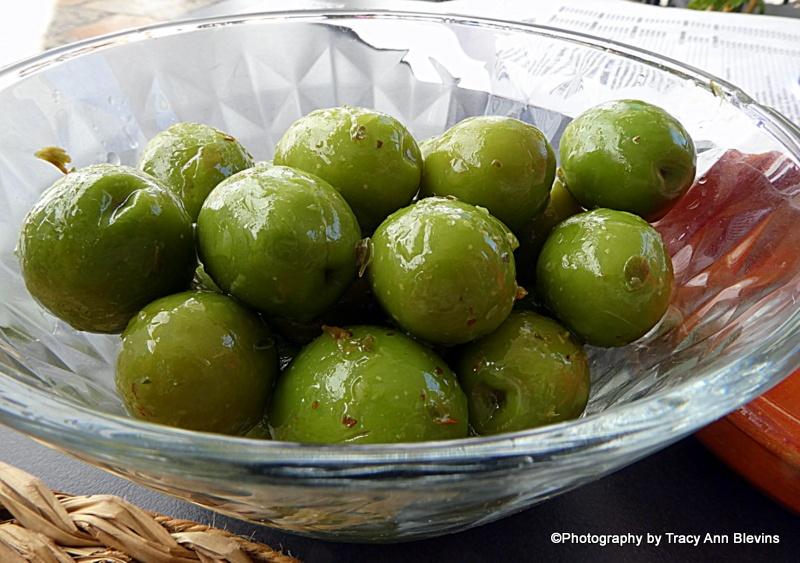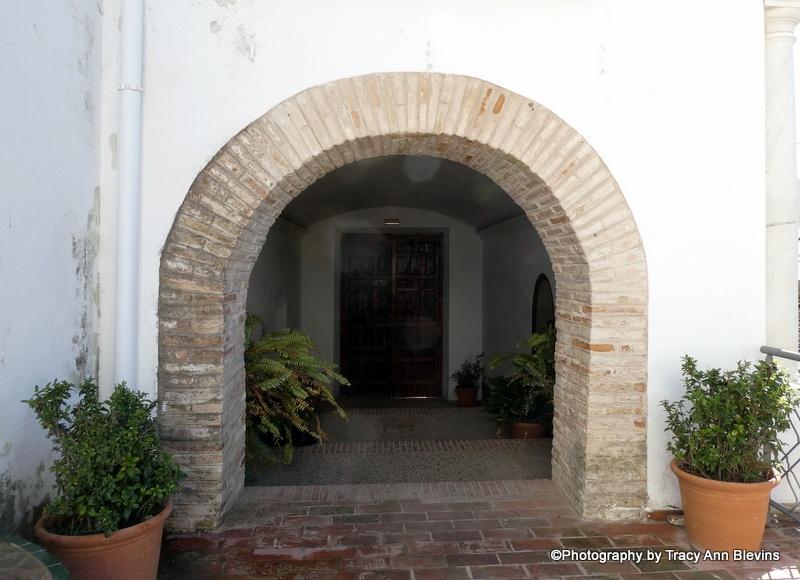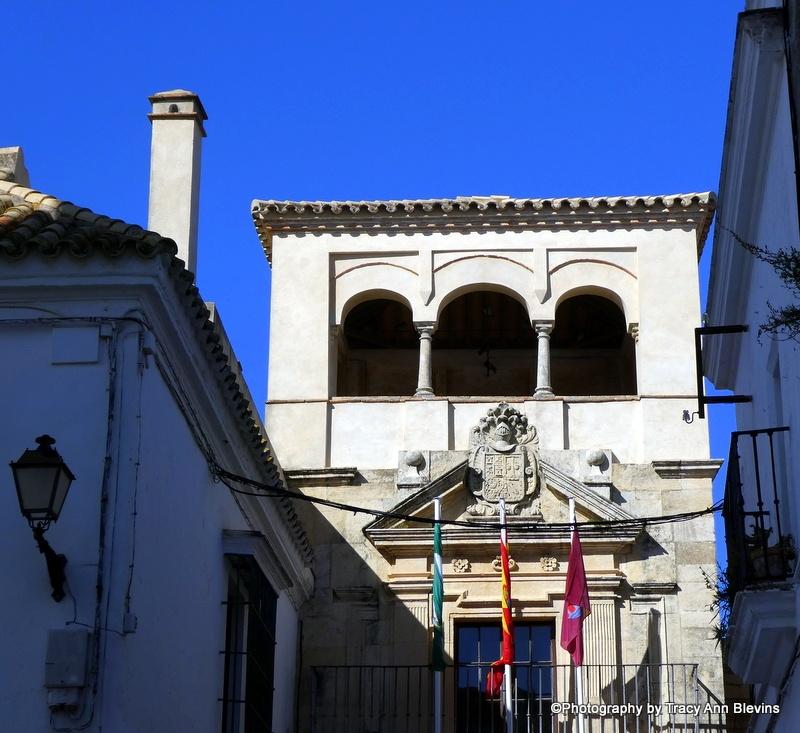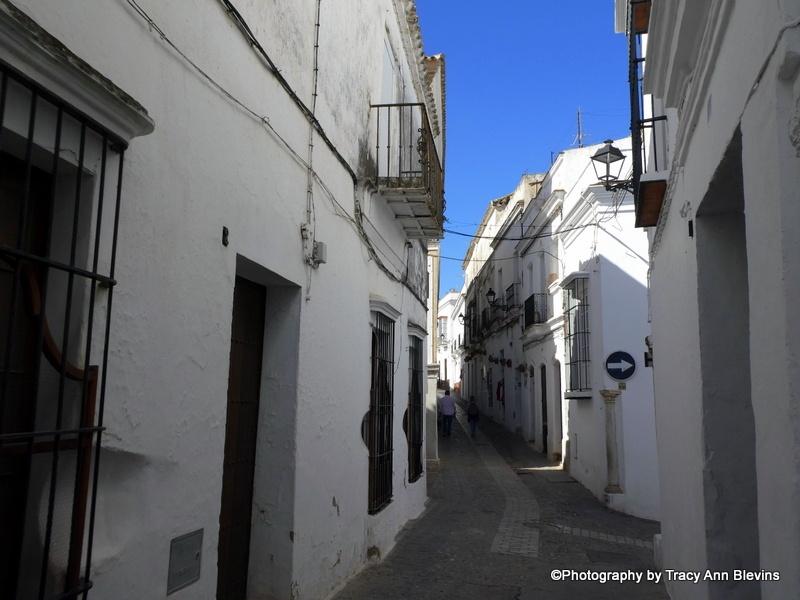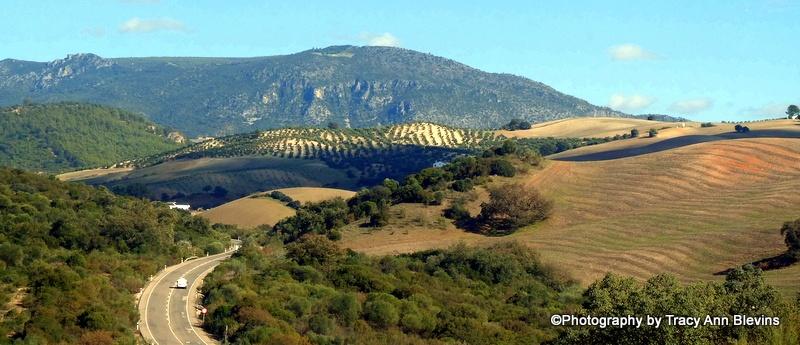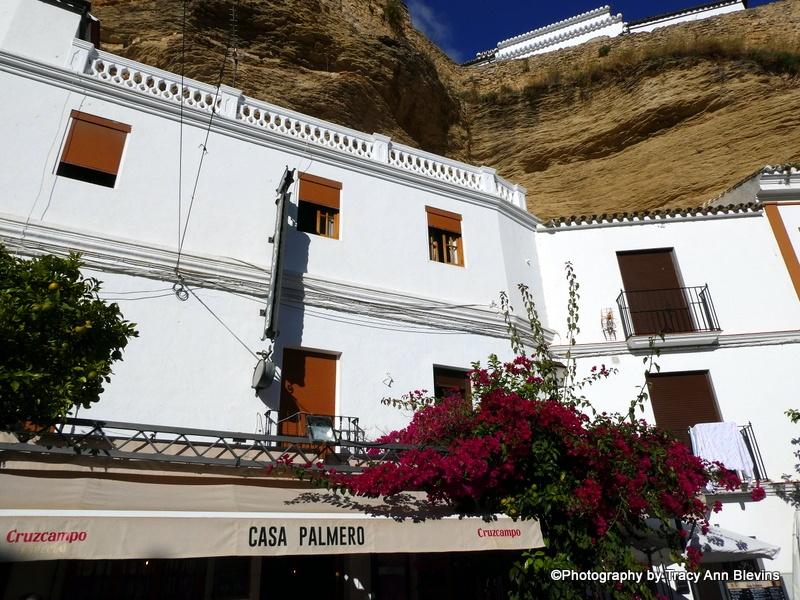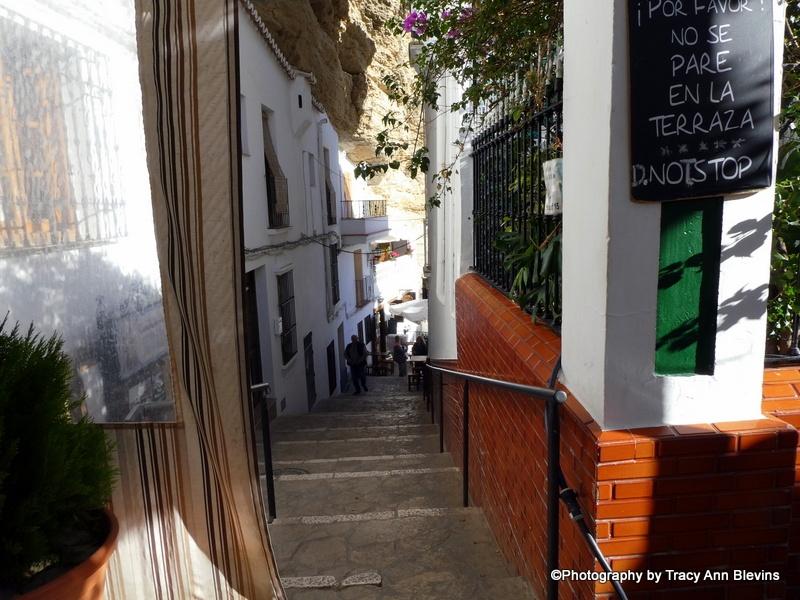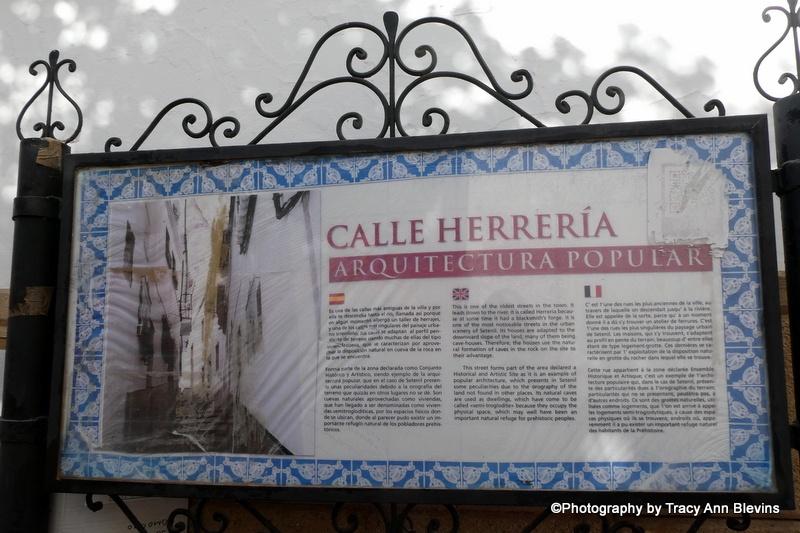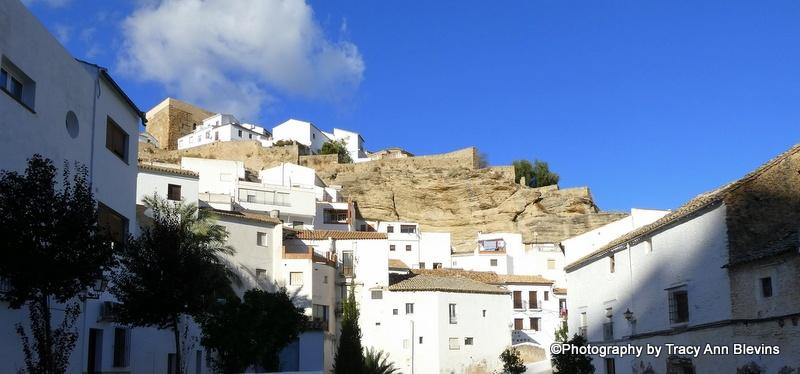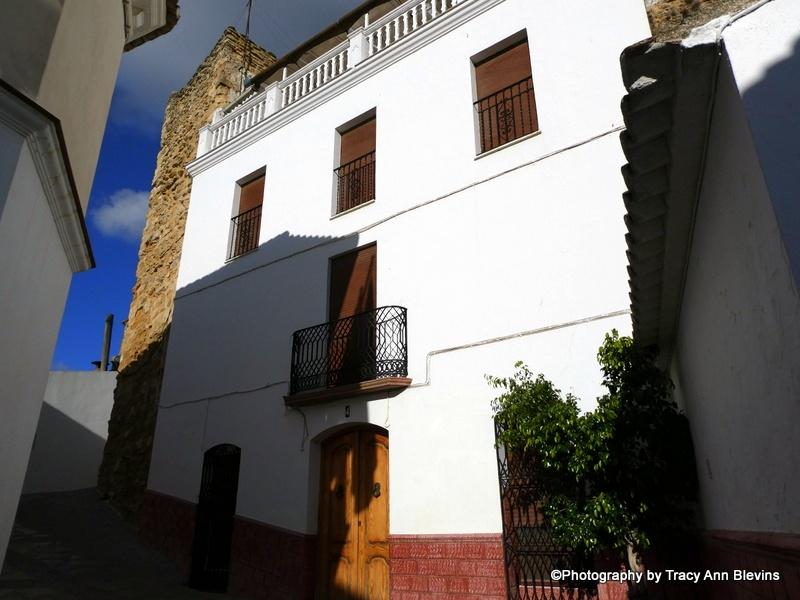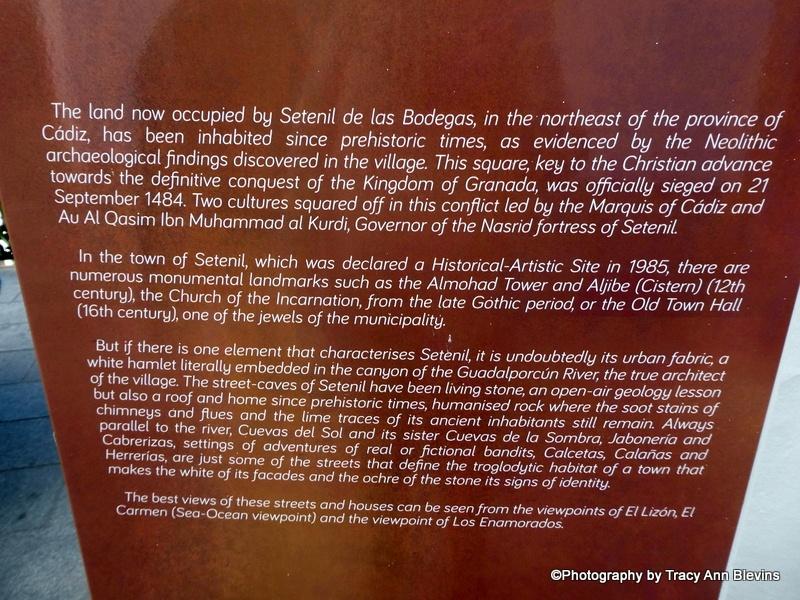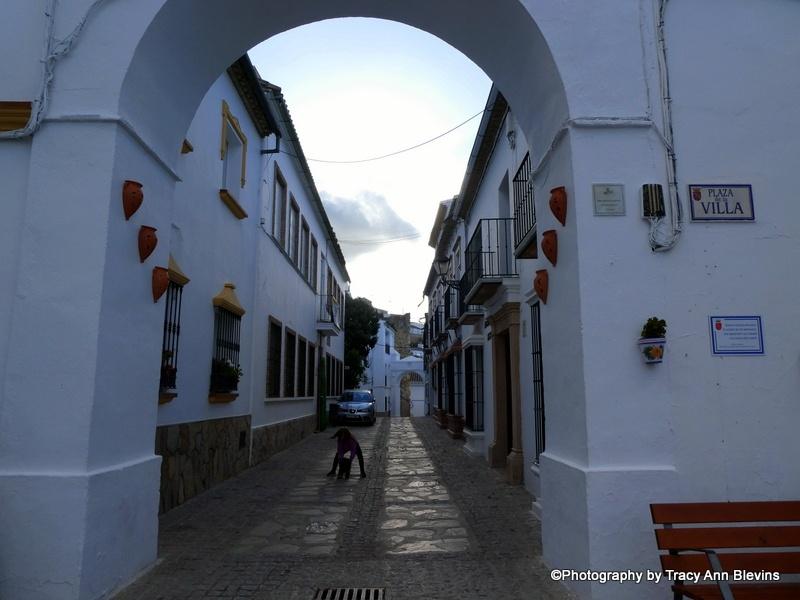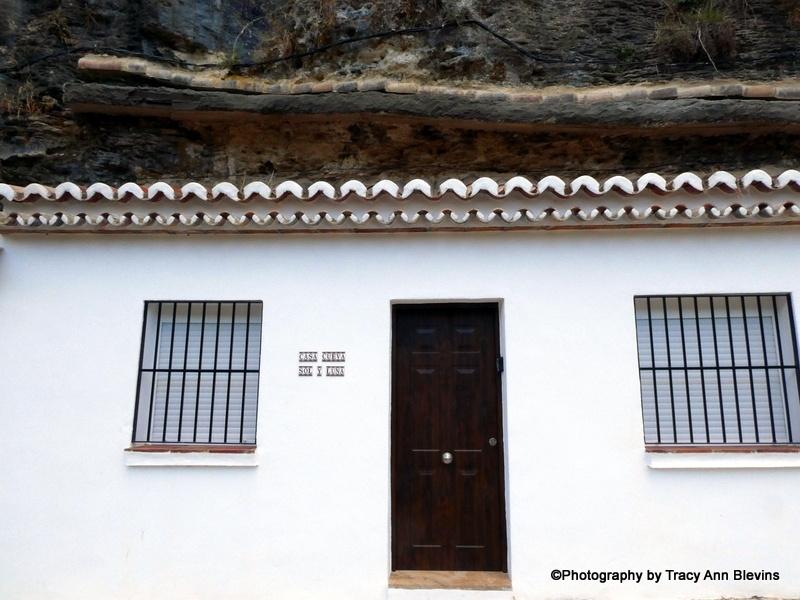Spanish Road Trip 2023, Day 6, (6th November) Tarifa to Ronda via Arcos de la Frontera and Setenil de las Bodegas. 217km
Leaving the wonderful Tarifa, which we had both fallen in love with, we continued our journey, slowly starting to head in the homeward direction (Benidorm), making Ronda the perfect location for our next nights stop.
Our sat nav seemed to send us through every single town and village, although it was nice to see these different places, it was slightly annoying this time of year and nearly everywhere had major road works in place, meaning we had to take diversions all the time adding a lot of additional miles onto our journey.

One such place was the stunning mountain town of Vejer de la Frontera, which is renowned for its well-preserved medieval old town, characterized by narrow winding streets, (many of which we drove down) white-washed buildings, and Moorish-influenced architecture.
The historic centre has been declared a Historic-Artistic Site as Vejer is known for its arts and crafts, including pottery and ceramics. This looked like a lovely place but with so much work going on in the town it was impossible to stop.

Definitely a place to check out if we are ever in this area on a future road trip.
Continuing on our journey one of the places on my list to visit was Arcos de la Frontera, we had driven past this town on a few other occasions and today it was on our list of places to explore.
Spanish Road Trip 2023
Arcos de la Frontera is a picturesque town located in the province of Cádiz in the autonomous community of Andalusia, southern Spain. Arcos de la Frontera is situated on a rocky limestone ridge overlooking the Guadalete River. This elevated position provides stunning panoramic views of the surrounding countryside.

Arcos has a rich history dating back to the Roman period, but it flourished during the Moorish occupation of the Iberian Peninsula. The town played a strategic role during the Christian Reconquista and was part of the frontier (hence the term "de la Frontera") between Christian and Muslim territories.
The town is known for its well-preserved medieval old town, characterized by narrow winding streets, yet more whitewashed houses, and historic architecture.

The Parroquia de Santa María, a grand church, is a prominent landmark in the old town, this is a stunning building, but there is an entry charge, which we did not pay out of principle, a house of god should be free entry to all in our opinion.

Besides the Parroquia de Santa María, other notable landmarks is the Castle of Arcos de la Frontera, a fortress dating back to the 11th century, and the Plaza del Cabildo, a charming square surrounded by historic buildings, sadly the plaza was being refurbished so was completely closed to the public.

Wandering the streets we were drawn to a restaurant that had lovely flamenco music playing and stopped for a refreshment break to enjoy the relaxing atmosphere.

The town has been designated a Historic-Artistic Monument and has been recognized for its cultural and historical significance. The preservation of its architectural heritage contributes to its appeal as a tourist destination.
Although like most other places on our journey, Arcos this time of year was quiet, with a lot of work ongoing ready for a busy season next year.
Spanish Road Trip 2023
Our next stop on our journey was Setenil de las Bodegas
Yet another place that has been on our list to visit for quite a while. This is a charming town in the province of Cádiz, and one of the most distinctive features of Setenil de las Bodegas is its unique geographical setting. The town is known for its houses and buildings built into the cliffs and rock overhangs of the Rio Trejo gorge. The rock formations provide natural shelter and has been adapted for residential use.
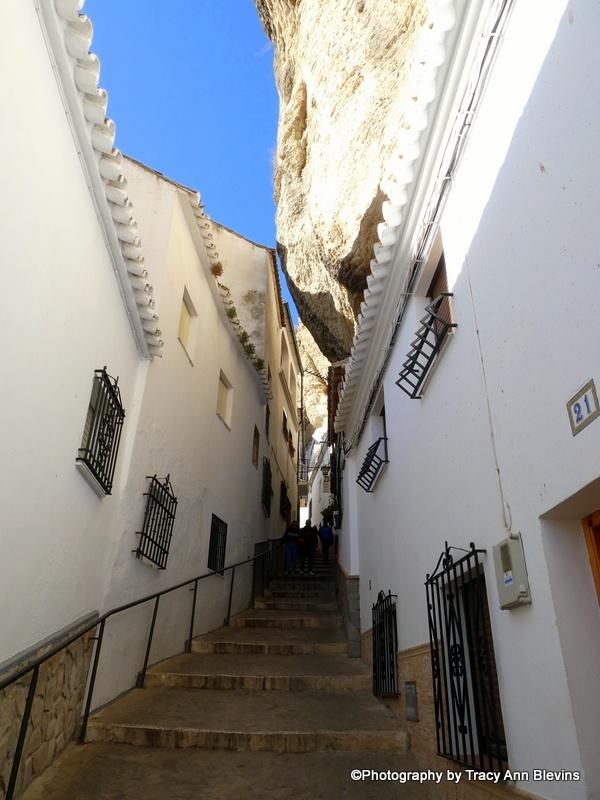
Similar to many other towns in Andalusia, the houses in Setenil de las Bodegas are whitewashed, creating a visually striking contrast against the natural rock formations.
Setenil has a history dating back to the Roman times, and it has been inhabited by various cultures throughout the centuries, including the Moors. The town played a role in the Christian Reconquista, and its name, "de las Bodegas," is associated with the numerous wine cellars (bodegas) in the area.
The integration of the buildings into the rocks gives the town a unique and picturesque appearance and it really does have a lovely atmosphere, even this time of year, but during the summer months it must get exceptionally busy as it has become a popular tourist destination.
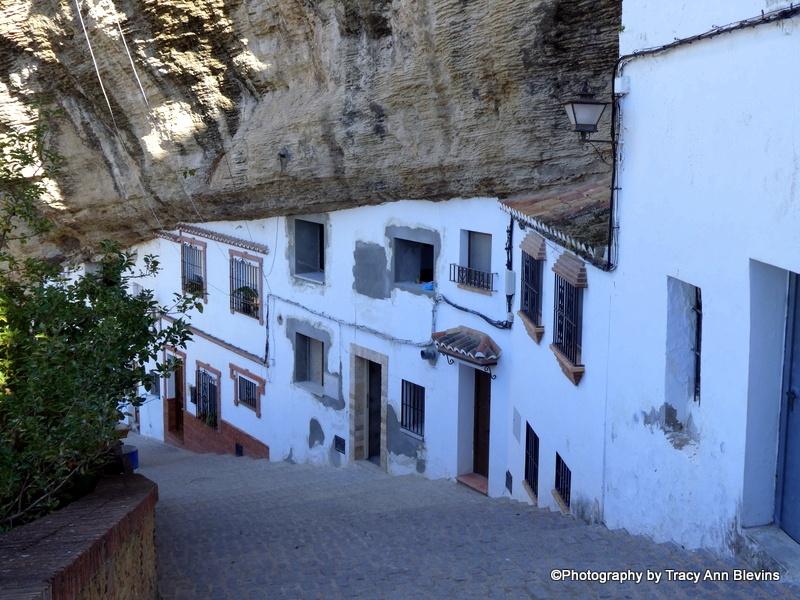
Strolling through the narrow streets and alleys carved into the rock formations is a unique experience and as we wandered down one of the most famous streets, Calle Herreria, we spotted a sign on one of the doors inviting us to visit a "real cave house", entrance fee was only 1€ each so we knocked on the door....
The door was answered by a very elderly Spanish gentleman and we paid him our 2 euros, he invited us to look around his house, at the time of our visit he was in the process of cooking his fish supper and the cave house had a wonderful aroma, it felt a bit invasive looking around what was obviously his own house, but it was a nice experience. We suspect that he does a roaring trade during the summer months.

Just near one of the Tourist Information office in the town is a fantastic mirador (look out point) with lovely views over the town.

The town features several landmarks, including the Castle of Setenil, which dates back to the Muslim period, and the Iglesia de la Encarnación, a church with a mix of architectural styles.
Setenil is also known for its local cuisine, with many restaurants and tapas bars offering traditional Andalusian dishes. The town's surroundings, with vineyards and olive groves, contribute to the local food and wine culture, however, during our visit most were closed.
While the town is relatively small, its unique setting makes it a memorable stop for travellers exploring the region, although quiet, we both loved this little place and would happily visit at another time of year to try and capture the real Setenil, as it certainly has a lot of charm.
Continuing on to our final destination for our nights stay near Ronda.
Accommodation Night 6 Hotel Ronda Moments - 40.50€ FREE Parking.
This hotel, is a renovated former oil mill, situated in the countryside about 6km from Ronda itself this was described as an easy drive from Ronda, but was far from it. Once we left the main road it turned into a very narrow single lane road, the sat nav tried to send us down a lane that did not exist, we eventually came across a sign post to the hotel, but the whole journey was on very narrow roads, with very few passing spaces. Being quiet we were lucky and only had to reverse a couple of times for oncoming cars, but would imagine that during peak time it would be an absolute nightmare getting to and from the hotel.

The staff were welcoming upon check in, even taking our suitcases up to the room as there was not lift in the property.
The room was a good size and for the first time on our journey we even had a kettle, tea, coffee and sugar supplied, shame there was no milk, and no one around to ask for some.

First impressions of this hotel were great, but as you looked closer there were a few things that let it down, dead flies on the floor, and a bath that needed replacing, but we did have a good nights sleep.
The pool was very strange, not that we would be using it but, we have never seen a pool situated such a distance from the hotel itself, it was a good 5 minutes walk away, with NO toilets, so would be a nightmare to use in the summer.
This was really just a quick stop over for us as we had visited Ronda on a Road Trip back in 2018
Would we stay here again? NO, the road to the hotel was far to stressful to negotiate.
Ronda, after checking into our hotel we risked life and limb getting back onto the main road and enjoyed a few hours in Ronda, although we had visited before we did not really see that much of Ronda itself and thought it a very small, quiet town, this time we were obviously in a different area and found what was obviously one of the main shopping streets, which was buzzing with life even this time of year. The very strange thing about Ronda is that even when it is busy, businesses seem to close quite early, by 21.00 some were beginning to close their doors, we even found this on our last visit during the summer months.
Ronda is most famous landmark is the Puente Nuevo, a spectacular bridge that spans the El Tajo gorge. It was completed in 1793 and connects the Old Town with the newer part of the city. The bridge offers breath taking views of the surrounding landscape.

We found a nice little quiet restaurant for our evening meal and enjoyed discovering a bit more of the lovely town of Ronda, but again this was just a quick overnight stay, to our next destination, Granada.
Additional photos.






